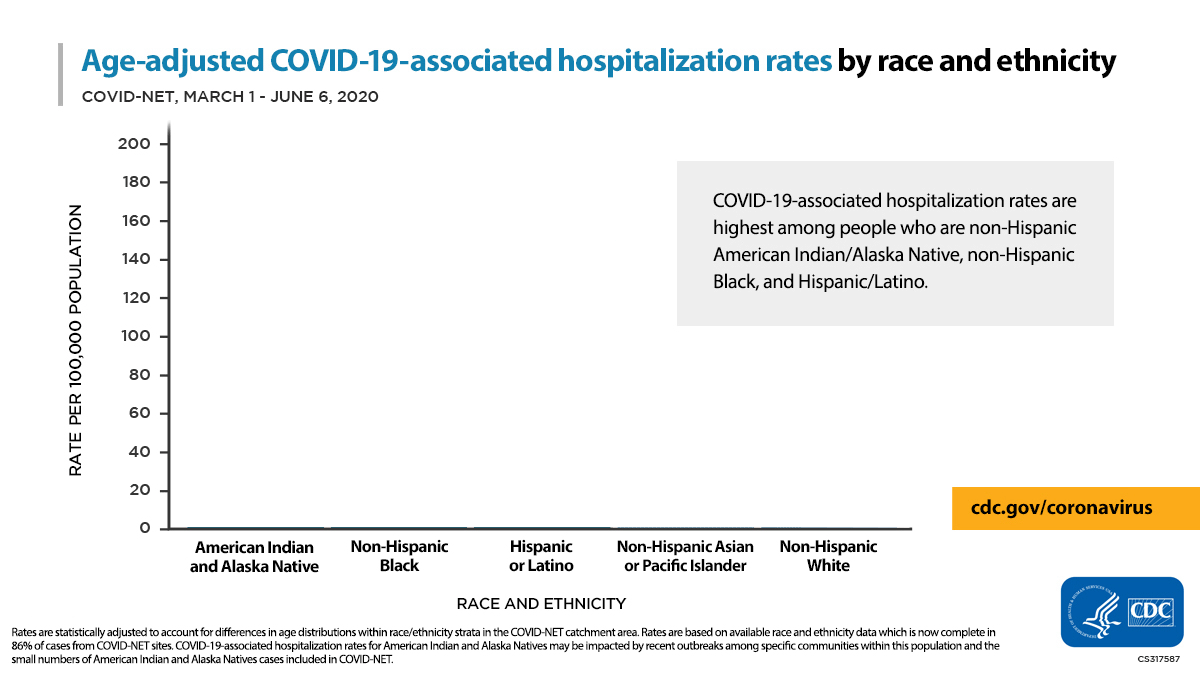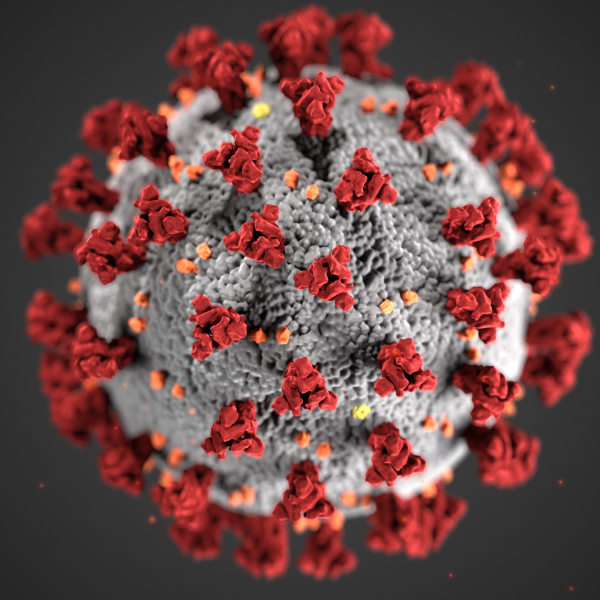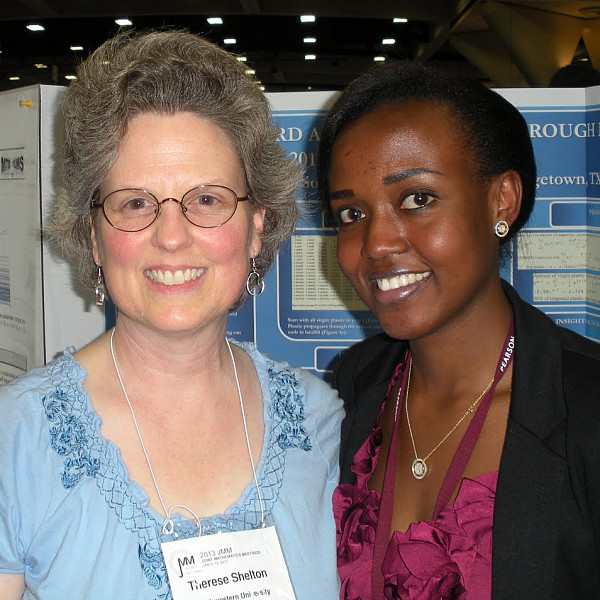News
Scholarly Perspectives on COVID-19, Part 2: Forecasting a Pandemic
July 07, 2020
July 07, 2020
This is the second in a series on Southwestern faculty perspectives on severe acute respiratory syndrome coronavirus 2 (SARS-CoV-2) and coronavirus disease 2019 (COVID-19). Read part 1, on the biology of SARS-CoV-2, here.

The viral visual joke provided much-needed comic relief in the midst of a viral pandemic: by that point, confirmed cases of coronavirus disease 2019, better known as COVID-19, had surged beyond half a million worldwide, with more than 23,000 deaths reported. But the meme also illustrated the public’s seemingly growing obsession with an important element of COVID-19 reporting and forecasting: mathematical models of the disease’s testing, infection, comorbidity (the co-occurrence of another medical condition that might exacerbate a disease), mortality, recovery, and eventual immunity rates.
“In an oversimplified view, math models are like sculpture renditions of actual objects: they are abstractions of something of interest and generally leave out many details, which can be for good reason,” says Therese Shelton, Southwestern associate professor of mathematics. “The medium and tools used can affect the model and its interpretation.”
Shelton specializes in mathematical modeling, and much of her research and teaching are informed by epidemiology. She is currently a coprincipal investigator in a National Science Foundation grant to use modeling to motivate the study of differential equations, and throughout her career, she has worked on models of cholera (including some of its social-justice aspects), measles, mononucleosis, the movement of certain drugs through the human body, and many others. In her classes, Shelton guides students to develop an understanding of the process of modeling, including the effectiveness of different models and the limits of their efficacy in representing actual situations.
“Models can begin as concepts based on situations that we believe are similar,” she explains. “Specifics require numerical estimates of the quantities being modeled. Models are built upon assumptions, and they are driven by how they will be used and what information is available.”
Standard mathematical models of communicable diseases, for example, generally focus on various groups within a population, such as those who are susceptible to the disease, those who are currently infected, and those who are experiencing severe symptoms that require hospitalization or, even more tragically, result in death. Additional data—such as how the disease spreads, how long it takes for symptoms to appear after individuals are infected, how long their symptoms last, and how many other people are infected by a single carrier of the illness—are also mapped. And models are further updated and improved to represent “the interplay between the groups,” Shelton adds, such as when the data suggest that a disease affects one group more than another—as in the case of people 65 years or older, those with serious underlying medical conditions, or Black and Hispanic/Latinx individuals being at higher risk for more severe forms of COVID-19.

“With models, we can see mathematically what might happen if the disease lasts longer or spreads faster,” she continues. “These can help us plan potential interventions. And we can change aspects of the models to investigate different possibilities.”
The experts who develop mathematical models of epidemics and pandemics often collaborate across the disciplines. “We need people in various fields all working together so that the modeling process and future data collection are informed by available data, by knowledge and theory of the biochemical interplay between the disease and those affected, and by knowledge and theory of human interactions,” Shelton explains. These researchers share statistics and other information, but they also discuss and apply the underlying principles that explain how to comprehend and interpret those numbers. They also assess the strengths and limitations of the models they build from various perspectives. “Creating and evaluating mathematical models is an interactive process. We work with what we have, and we try to improve the descriptions and predictions,” she says. “Mathematicians objectively critique each model for its strengths and weaknesses. That evaluation requires input from experts in other fields: biology, chemistry, physics, psychology, sociology, history—to name a few. Seeing how a model succeeds or fails informs how we change the model. We look to previous information and models, but we acknowledge that we do not have the ‘right’ one yet when we are learning as we go.”
Models for pandemics such as COVID-19 are used by healthcare providers, public-health organizations, government policymakers, and institutional leaders to “identify factors that may affect the severity of the disease in each person and its spread through a community,” says Shelton. Models also help inform decisions about how to allocate medical personnel and resources, whether to issue stay-at-home orders, and when to close or reopen schools and businesses. For example, decisionmakers relied on mathematical models to determine that large swathes of the population should self-isolate to help slow the spread of COVID-19, which would help “flatten the curve”—that is, lessen the number of infections with the specific intention of not overwhelming the healthcare system.

Of course, those models can only be as good as the data on which they’re based. When researchers are modeling a pandemic that is in its early stages, data can be scarce, and determining which data are actually relevant can be difficult. And when a disease outbreak is still ongoing, the numbers may not be reported in a consistent, standardized way because they are generated by various local, federal, and international organizations; think, for instance, about the varying infection, recovery, and mortality rates reported by the Centers for Disease Control and Prevention (CDC), the World Health Organization (WHO), and various university research hubs. In the case of COVID-19 in the U.S., the availability of data has been compromised by lack of sufficient testing, and concerns about privacy can mitigate the quality and quantity of information patients, family members, and healthcare workers are willing or able to share. Moreover, when funding for research organizations is lacking or has been radically cut, such as when the U.S. (temporarily) suspended its sizable contribution to the WHO this spring, the capacity for gathering and translating reliable statistics can be affected. Such limitations make the process of collecting, analyzing, and representing the numbers—not to mention predicting outcomes based on those data points—even more challenging.
“There is an interplay between available information, the need for speed to have some sort of model to perhaps indicate what additional information and interventions might be helpful, and our acceptance of what data will be collected and shared,” Shelton says. “I’m reminded of statements by acclaimed disease researcher Dr. Nancy Wexler at the 1998 Brown Symposium at Southwestern on The Human Genome Project: Advances, Repercussions, and Challenges. She described gathering samples from a community with a high concentration of Huntington’s disease, which is genetic rather than contagious. I recall that she said they gathered every bodily fluid that might tell them something because they did not know what would be important. With an enormous amount of work, they were able to identify the gene; no cure is yet known for Huntington’s, but hope remains. Community cooperation in providing data and funded research by experts seem imperative in advancing as far as we have.”
We know that scientists continue to discover new aspects of SARS-CoV-2 and COVID-19. Similarly, the mathematical models of the ongoing pandemic are bound to change as data are updated. Says Shelton, “Mathematical models are useful, but they are models, which change based on the assumptions we have, the data that are available, and the expertise of the modelers.” Still, the reliability of those models is not in question. “Can we trust the models? Yes, for what they are designed to do,” Shelton asserts. “The models illustrate various scenarios, as played out by simulations with current information. As new information becomes available, models need to be revised or new models created. This is especially true for a new disease, especially one which seems able to affect almost any part of the body and that is highly contagious.”
What might be less trustworthy, of course, is how mathematical models are shared, construed, or even misinterpreted when they are reported on by nonexperts, such as government officials, journalists, and denizens of social media. Of greatest consequence, says Shelton, is that “we must interpret models appropriately. We have heard from some who seem to speak with authority but seem to lack the expertise to speak with accuracy. I believe that a speaker needs humility to realize what that person knows and what the person does not know—and to involve others who have greater expertise.” By applying this Socratic approach of not pretending to know more than we know, relying on the mathematical literacy of specialists, and translating their analysis faithfully, leaders and communicators can better convey knowledge about the pandemic to the public. The clarity and precision of those messages are, after all, crucial in a time when we are trying to explain the need for compliance with health and safety protocols—and as those on the frontlines and in laboratories continue to develop effective treatments and a vaccine for COVID-19.
Shelton sees hope in the mathematical literacy demonstrated by members of the public and especially by her own students at Southwestern, such as those who have taken her Mathematical Modeling capstone seminar or engaged in summer research through SCOPE (Summer Collaborative OPportunities and Experiences). “I have been pleased to imagine that our students and the general public have a better grasp of and appreciation for data, analysis, vocabulary, and modeling, as well as for appropriate graphs and for integrity in research and reporting,” she shares. Nevertheless, she says, she is saddened that this heightened mathematical and informational literacy are the necessary effects of a pandemic that has, at this writing, claimed more than 422,000 lives and infected more than 7.5 million. “I believe that our collective thirst for answers to questions raised by this pandemic will spur the motivation to improve our critical thinking, expand our analytical skills, and communicate more clearly. I believe that interdisciplinary collaboration at Southwestern can help us prepare for the ever-changing challenges that our students face as individuals and as members of a global family and spur us to investigate and address the effects of disparities in our societies. These needs are not new, but COVID-19 has infused the needs with urgency.”
Further reading and visualizations
Centers for Disease Prevention and Control, Mathematical Modeling
FiveThirtyEight, “A Comic Strip Tour of the Wild World of Pandemic Modeling”


















